The gems on the Danube you'd never thought to visit
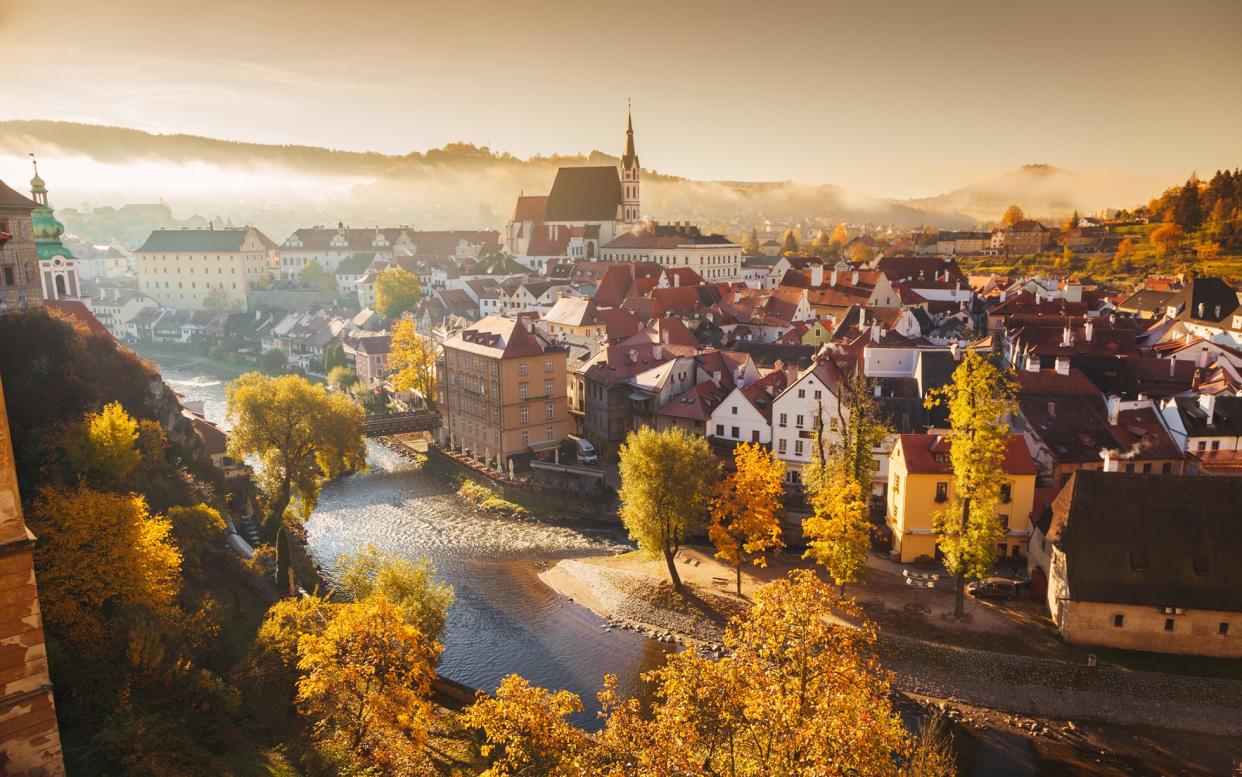
From rock-hewn churches and near-impassable gorges to beach-roaming wild horses and dragons in underground caverns, Europe’s second longest river dips into some of the continent’s loveliest hidden gems. Here we round up our favourites.
Prague in miniature: Český Krumlov, Czech Republic
Český Krumlov, a Unesco World Heritage Site in Bohemia’s deep south, has fairytale good looks. Medieval, baroque and Renaissance houses tangle along its cobbled streets, with lively squares often packed with al fresco diners, and the ornate 14th-century castle reigns majestic above the nook of the Vltava River.
Described as Prague in miniature, it is quietest and loveliest in the winter, when the red rooftops slumber under a thick blanket of snow. In fine weather, the spaceship-like revolving outdoor theatre startles amid the centuries-old trees in the castle garden.
More information: ckrumlov.info
Medieval manuscripts: Wachau Valley, Austria
Bright apricot trees, vineyards tapestried along dry stone terraces and higgledy-piggledy medieval villages lining the Danube are among the charms of the Wachau Valley, a Unesco-listed wine region in Lower Austria that's famous for its spicy Grüner Veltliner.
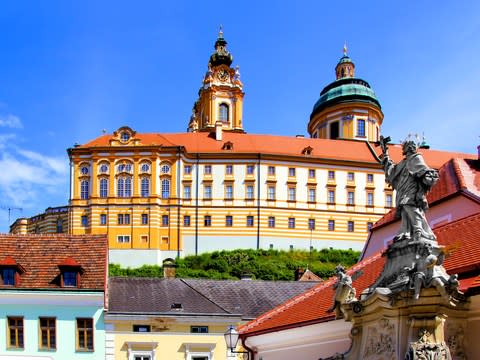
The castle ruins on a leafy ridge high above Dürnstein are a good photo opportunity, while the palatial, buttercup yellow Benedictine Abbey on a rocky outcrop over Melk is a magnificent sight to behold – and contains a Hogwarts-style library with medieval manuscripts from floor to ceiling.
More information: austria.info
Wild horses: Sulina, Romania
On the central arm of the Danube, the sleepy fishing port of Sulina nestles where the river meanders into the Black Sea, a tangle of waterside apartments and time-worn lighthouses.
Stroll the pretty canalside promenade or head for the wildly romantic beach, a broad sweep of golden sandy silt transported by the Danube. As well as enjoying uninhibited views across the ocean, you might spot some of the magnificent wild horses of the Danube Delta, who have reportedly been roaming the region for the last 400 years.
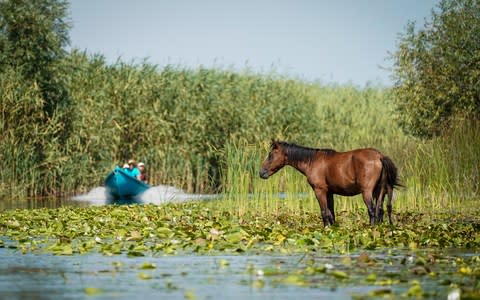
More information: romaniatourism.com
Natural wonder: Iron Gates, Serbia
This concealed natural wonder was once impassable to ships. Now, the formidable, almost vertical cliffs – that form a narrow gorge between the Carpathian and Balkan Mountains and rise 683ft from the surface of the Danube – can happily be viewed by from the water.
Highlights include Lepenski Vir, a Paleolithic site on the banks of the river with swirling whirlpools; Tabula Traiana, the stately remains of a Roman bridge across the Danube; and the statue of the last king of Dacia, Decebalus – a mighty 131-foot face carved into jagged standing-stone-like rock.
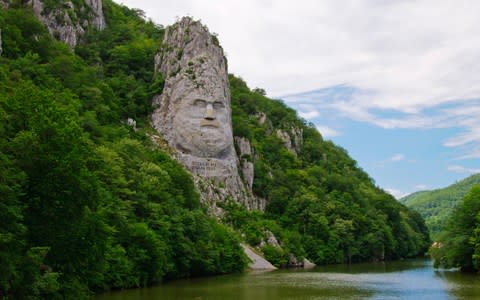
More information: serbia.travel
Wildlife galore: Mohács, Hungary
In the Danube Drava National Park, where dense foliage swoops over the banks of the Danube close to the sleepy port of Mohács, you can spot white-tailed eagles, black storks, spoonbills, comet teals and aigrettes.

Roaming across the wooded flood plains and in the dense forests, there are wild cats and red deer, while the park is also home to grass snakes and otters.
After wildlife spotting, it’s worth making time to see Tufa Cave, a series of millennia-old underground caverns, sometimes dubbed the “Gateway to Hell” after the terrifying dragon sculpture that resides in the subterranean maze.
More information: mohacs.hu
Rock-hewn churches: Ivanovo, Bulgaria
Ivanovo’s startling collection of rock-hewn churches, chapels, monasteries and cells features 14th-century frescoes that have earned it Unesco World Heritage statues.
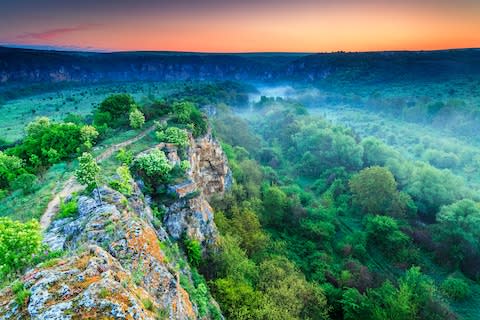
The monuments – just removed from the Danube in the valley of the Russensky Lom river, where a riotous froth of greenery carpets the rolling landscape as far as the eye can see – date from the 13th and 14th centuries.
The murals, an important part of the Christian art of south-eastern Europe, are worth the trip alone.
More information: bulgariatravel.org
Hajógyári Island: Budapest, Hungary
Many visitors to the so-called Paris of the east spend their time exploring the fairytale Unesco sites that make up Buda (the cobbled and hilly side of the Danube) and Pest (the boulevarded flat).
But once you’ve admired the 14th-century castle, neogothic Parliament building and iconic Chain Bridge, and basked in a thermal bath, escape from the crowds to Hajógyári – the biggest island on the Danube, with a tranquil park that was once part of the Roman Empire and now offers often wide, leafy spaces for recharging drained batteries.
More information: budapestinfo.hu

